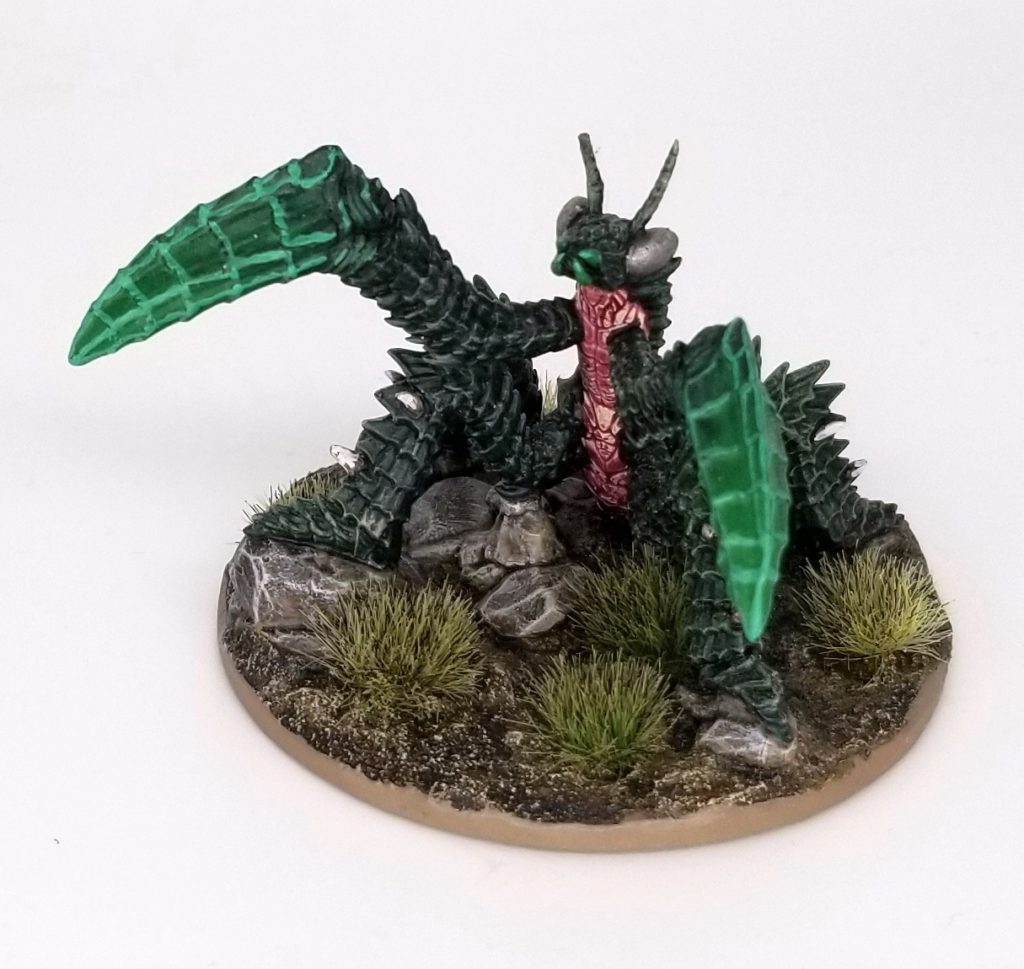Catching up on lightbox pics: 40k terrain and a mantis
I snapped these back in January, of stuff I finished in December of 2022, and then forgot about them until now. Sector Mechanicus dome/stack I had a lot of fun building this piece. All of these sets interconnect so well that it’s satisfying to play around and find ways to work in “off-book” connections. Ferratonic […]
Catching up on lightbox pics: 40k terrain and a mantis Read More »

